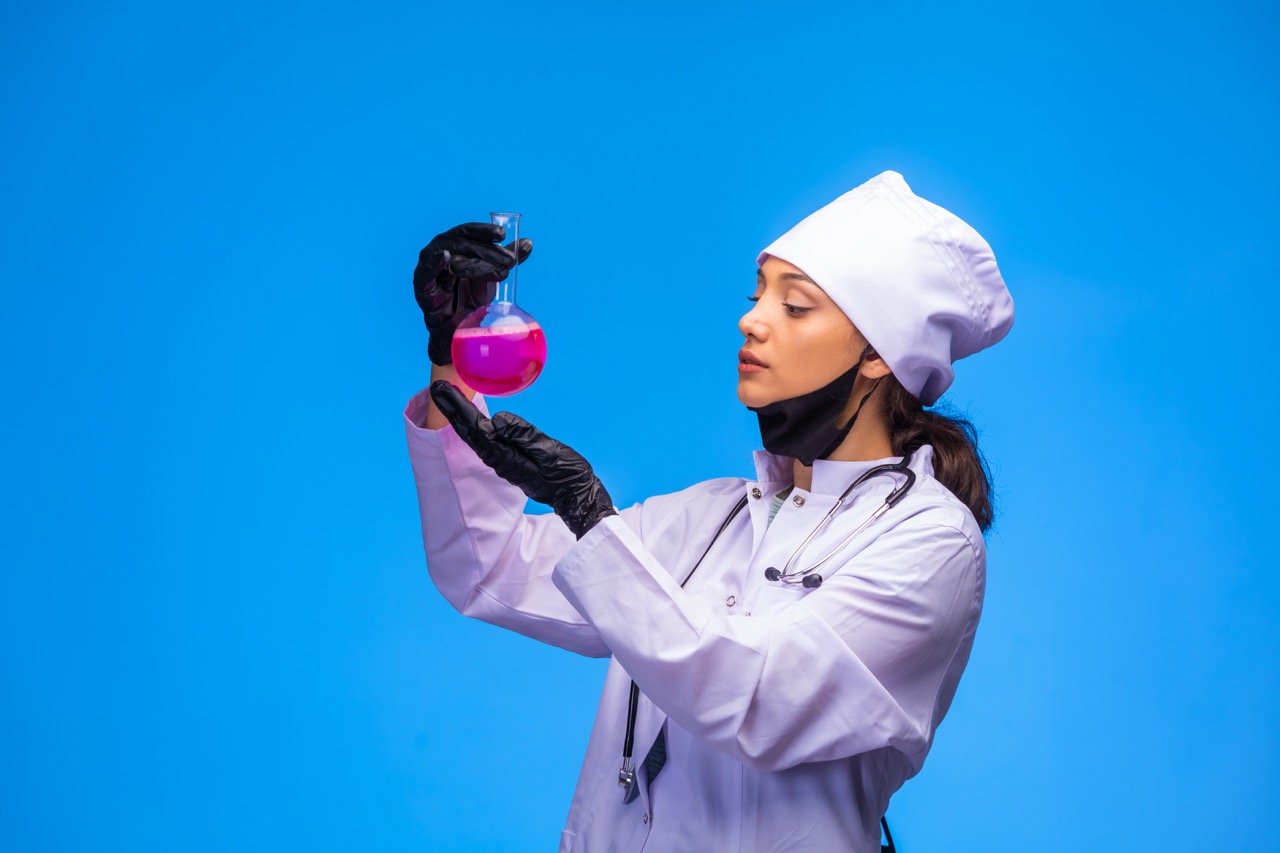Jean-Pierre Sauvage, a renowned French chemist, has significantly advanced the field of molecular machines through his innovative research and pioneering contributions. His work not only set the foundation for understanding molecular systems but also opened new avenues in nanotechnology and molecular engineering. As a recipient of the 2016 Nobel Prize in Chemistry, alongside Bernard L. Feringa and Fraser Stoddart, Sauvage’s insights into the design and function of molecular machines have established him as a leading figure in this revolutionary field.
Overview of Jean-Pierre Sauvage’s Scientific Contributions
Jean-Pierre Sauvage’s scientific journey began with a focus on coordination chemistry, but his curiosity and innovative thinking soon led him to explore the realm of supramolecular chemistry. He is particularly known for his groundbreaking work in synthesizing and characterizing interlocked molecules, a category that includes catenanes and rotaxanes. These unique structures are formed through the entanglement of molecular components, allowing for the development of sophisticated molecular systems that exhibit dynamic behavior.
Sauvage’s fascination with molecular architecture and functionality drove him to experiment with molecular machines—devices at the nanoscale that can perform specific tasks through mechanical motion. His research has emphasized the importance of designing molecules capable of exhibiting motion in a controlled manner. This research is not merely theoretical; it has profound implications for the miniaturization of technology and the creation of smart materials that can respond to external stimuli.
A significant aspect of Sauvage’s contributions involves his emphasis on the principles of self-assembly in molecular design. By harnessing non-covalent interactions, such as hydrogen bonding, pi-stacking, and van der Waals forces, he has demonstrated how complex molecular systems can be assembled in a predictable manner. This approach has led to the creation of molecular devices that can perform tasks analogous to macroscopic machines, thus bridging the gap between chemistry and engineering.
Pioneering Research in Molecular Machines and Systems
One of Sauvage’s most notable achievements was the development of molecular machines that can perform controlled rotary motion. By designing a rotaxane where a molecular ring can move along an axle, he showcased how mechanical motion could be utilized at the nanoscale. This innovation not only illustrated the potential of molecular machines but also provided a model for future research focused on creating even more complex systems capable of multitasking.
Sauvage’s work extended to the exploration of molecular switches, which can toggle their states in response to external stimuli such as light, heat, or chemical changes. His research demonstrated that such switches could be integrated into larger molecular systems, ultimately leading to the development of molecular circuits. This ability to control molecular behavior with precision has significant implications for future applications in molecular electronics.
Furthermore, Sauvage has been instrumental in the synthesis of molecular knots, another intriguing aspect of supramolecular chemistry. These knots exhibit unique properties and challenges due to their topological nature, opening new avenues for research in materials science. His pioneering work on these interlocked structures has laid the groundwork for understanding how topology can influence molecular behavior, a critical aspect in the development of next-generation molecular machines.
Key Experiments Demonstrating Molecular Mechanisms
Sauvage’s experimental work often highlights the use of advanced methodologies to visualize and manipulate molecular structures. One of his key experiments involved the use of nuclear magnetic resonance (NMR) spectroscopy to study the dynamic behavior of rotaxanes. By monitoring the movement of molecular rings along their axles, he was able to demonstrate the principles of molecular motion, offering insights into the kinetics of these processes and the factors that influence them.
In another pivotal study, Sauvage utilized fluorescence spectroscopy to examine the switching behavior of a molecular machine that changes conformation in response to light. This experiment not only confirmed the viability of using light as an external stimulus but also showcased the potential for developing light-driven molecular devices. The ability to control molecular systems through photonic interactions represents a significant step forward in the field of molecular engineering.
Additionally, Sauvage’s research on the self-assembly of catenanes provided critical data on the thermodynamics of molecular interactions. By varying solvent conditions and employing different ligands, he was able to elucidate how these factors influence the formation and stability of interlocked molecules. This foundational understanding has been vital for researchers aiming to design complex molecular systems with specific functionalities, further propelling the field of molecular machines.
Impact of Sauvage’s Work on Future Nanotechnology Developments
Jean-Pierre Sauvage’s contributions to the field of molecular machines have far-reaching implications for the future of nanotechnology. The principles and methodologies he pioneered are being adapted to develop novel materials and devices that could revolutionize various industries, including medicine, electronics, and materials science. His work has inspired a new generation of researchers to explore the potential of molecular machines in applications ranging from drug delivery systems to molecular sensing devices.
Moreover, Sauvage’s emphasis on the integration of molecular machines into larger systems has catalyzed the exploration of complex nanomachines that can perform multiple functions. This approach aligns with the vision of creating programmable materials that can autonomously respond to environmental changes, potentially leading to breakthroughs in smart materials and responsive coatings. The versatility of molecular machines promises to enhance the functionality of everyday products, making them more efficient and adaptive.
Lastly, Sauvage’s research has fostered interdisciplinary collaborations across chemistry, biology, and engineering, encouraging a holistic approach to nanotechnology. As scientists continue to build on his foundational work, it is likely that we will see exponential advancements in the design and application of molecular machines, shaping the future landscape of technology and innovation.
Jean-Pierre Sauvage’s landmark contributions to the field of molecular machines stand as a testament to the power of curiosity-driven research. His pioneering experiments and innovative designs have not only advanced our understanding of molecular systems but have also laid the groundwork for transformative applications in nanotechnology. As the field continues to evolve, Sauvage’s influence will undoubtedly inspire future discoveries and innovations, marking a new era of molecular engineering and the promise of smart, responsive materials.










